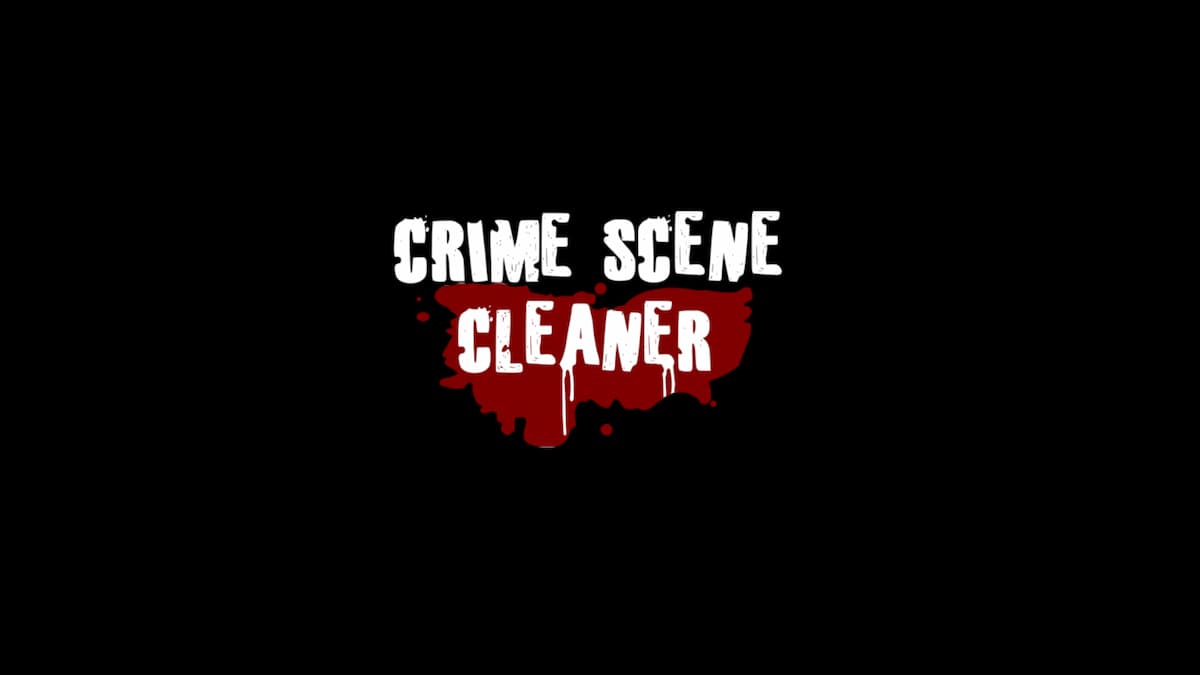Sym on PC
One of the more prominent trends in indie games has been that which explores emotional and mental frailties and disorders. Sym, a minimal-style platformer, joins the ranks, looking into social anxiety disorder and the frame of mind that accompanies it. Playing out like a series of desperate nightmares, Sym hammers home the feelings of isolation and rejection. With such a focus on this aspect, is the game also well-made or fun?

Sym takes place in a bizarre two-part world representing places established within the mind of a young man. In the first of these, players control the spidery-limbed Caleb as a stand-in for the protagonist, Jacob, and his own self-perception. Sinking into the black ground, players can assume the role of Ammiel, the cocoon-like manifestation of Jacob’s own desire to withdraw.

In Sym‘s above-ground world, curious creatures and deadly plants are found in droves. In the world below, whirling fan blades and dangerous upward drops make up the majority of the peril. Each level will present its own troubles, with tons of jumping, running, and timing-based puzzles. To make matters more difficult, the landscape is often a shifting, changing thing. In many cases, players will have to make their way to buttons in one world or the other to begin the transitions, which follow pathways marked across the level. Beware, though, for the world’s other inhabitants can trigger these as well.

Gameplay in Sym is broken up into six-level worlds, usually with some kind of theme. Completing levels will unlock later worlds, allowing deeper journeys into Jacob’s instability. The distinct visual style and complexity definitely has some merit, but Sym is held back a bit by repetitive play and controls less precise than the puzzles they’re meant to overcome. Some levels are incredibly frustrating as a result, since missing a single difficult jump means starting all over. The lack of gamepad support is another personal beef, but those more comfortable with keyboard controls may feel more comfortable.

Sym paints a stark picture of the disorder it explores. A simple yet interesting visual style, along with difficult obstacles, helps create a sense of accomplishment when players advance. The introspective story, though, is quick to erase any sense of victory as things move along. Still, with its unique nature, those interested in tricky and thought-laden puzzlers may find the $7.99 price on Steam worthwhile. Action-oriented or easily frustrated players, however, would do well to turn elsewhere. Sym, despite the simplistic look and play, is not for the faint of heart.












Updated: May 18, 2015 09:18 am